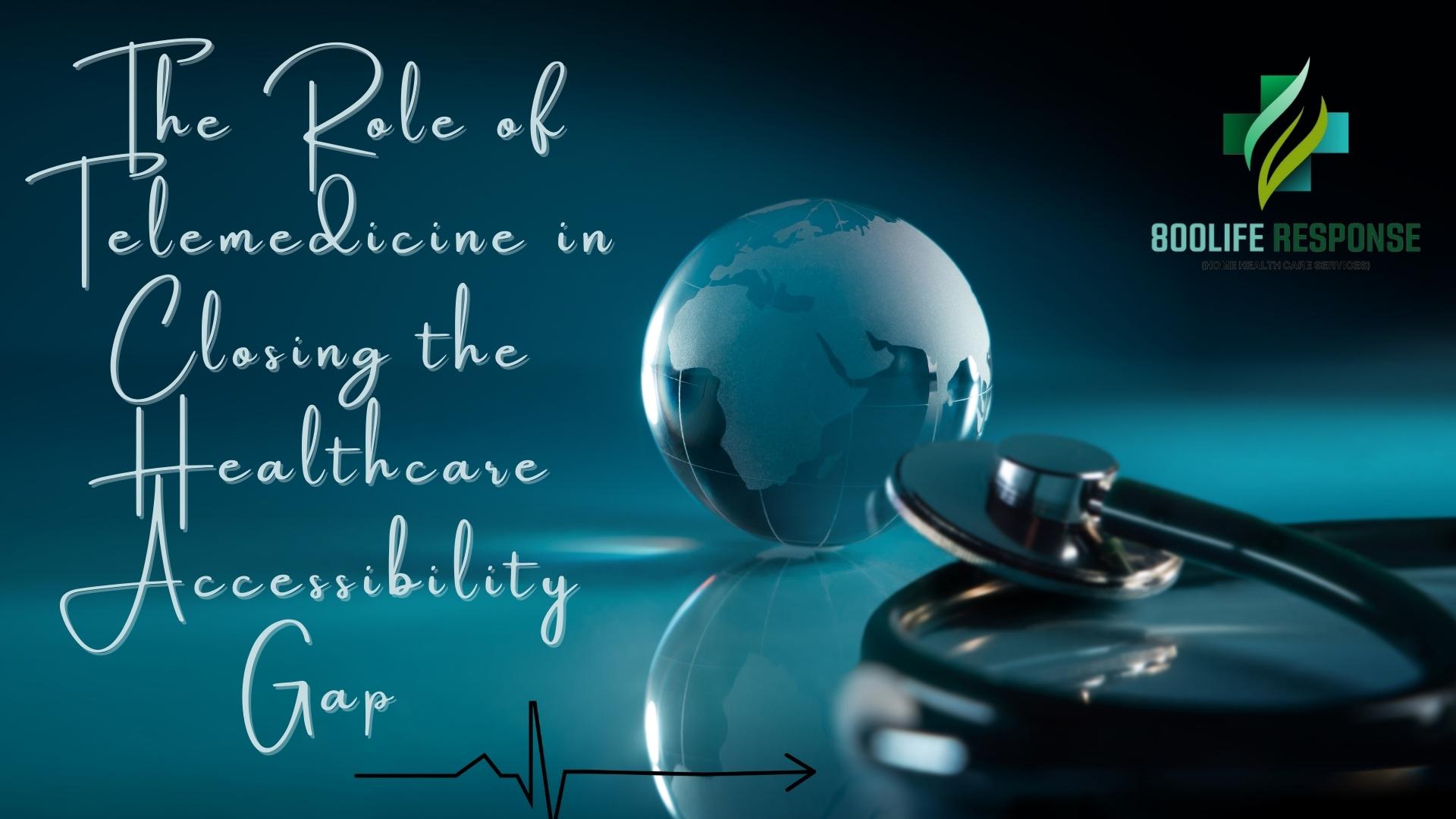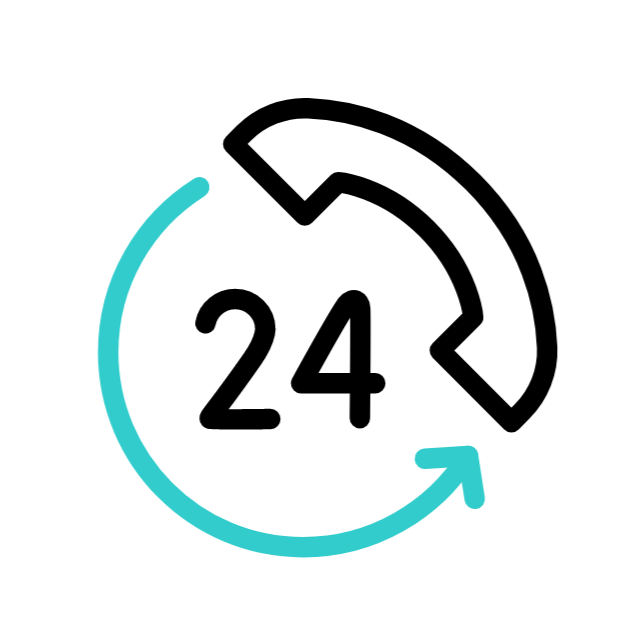Transforming the healthcare system with State-of-the-Art Medical Developments
The healthcare system is experiencing radical change as a result of the era’s tremendous technological breakthroughs. As old ways of thinking give way to new ones, we are ushering in a new era of medicine in which precision and individualized care are the pillars. The healthcare industry is changing as a result of the confluence of technology, data analytics, and medical research, opening up previously unimaginable possibilities for patient care in the era of the “ovarian revolution.

At the vanguard of this healthcare revolution is the notion of precision medicine. The days of universal treatment are over; now, doctors use genetic information, molecular analysis, and cutting-edge imaging to personalize care based on each patient’s own genetic profile. This strategy ushers in a new era of individualized healthcare by not only improving treatment efficacy but also reducing potential negative effects.
Beyond only looking at genes, precision medicine also takes into account things like diet, exercise, and even socioeconomic status. Healthcare professionals may develop thorough treatment regimens that address the underlying causes of diseases rather than only treating the symptoms thanks to the holistic integration of these many pieces of data. There has been a paradigm shift toward customized medicine, changing the focus of healthcare from treatment to prevention.
The Role of AI in Medical Diagnosis and Care
In the realms of diagnostics and treatment planning, artificial intelligence (AI) has emerged as a game-changer in the healthcare industry. Medical records, diagnostic imaging, and research literature are all examples of the kind of large datasets that may be analyzed by machine learning algorithms to reveal patterns and connections that might otherwise go unnoticed by humans. This skill allows for the prompt and accurate detection of diseases, which in turn allows for the prompt implementation of therapies that greatly improve patient outcomes.
Furthermore, AI is being used to enhance current methods of treatment. Medical professionals can better design treatment regimens for patients by using the results of sophisticated algorithms to anticipate how individuals will respond to certain drugs. A collaborative relationship between human intelligence and machine learning is fostered by the integration of AI into medical decision-making, which not only improves efficiency but also enhances the knowledge of healthcare workers.
The Role of Telemedicine in Closing the Healthcare Accessibility Gap
By eliminating geographical constraints, telemedicine has improved healthcare delivery for underprivileged and far-flung communities. Telehealth services use digital communication technology to link patients with healthcare specialists, enabling remote consultations, monitoring, and even virtual procedures. This not only improves patient convenience but also tackles gaps in healthcare access, resulting in more equal access to high-quality care.
The COVID-19 pandemic spurred the use of telemedicine, demonstrating its potential to offer efficient and effective healthcare during emergencies. Beyond emergency situations, telemedicine is becoming a crucial component of normal healthcare, providing a continuum of care that includes both in-person and virtual consultations. The shift toward telemedicine not only improves accessibility but also gives patients more agency in their healthcare.
Nanotechnology: Maximally Effective Miniaturized Medicine
The precision offered by nanotechnology in fields like medicine, such as medication delivery, diagnostics, and imaging, is causing a stir. Nanoscale materials and devices are created to interact with biological systems at the molecular level, bringing up new paths for targeted therapy. These microscopic miracles can carry medications directly to damaged cells, limiting the possibility of adverse effects and decreasing collateral damage to healthy tissues.
In diagnostics, nanotechnology enables the development of extremely sensitive and selective sensors that can identify biomarkers linked to various diseases. Such precision is priceless for the early diagnosis and follow-up of diseases like cancer, which leads to better treatment outcomes. With the rapid development of nanotechnology, there is an almost infinite scope for improving healthcare treatments, ushering in a new era of safe, effective care that requires minimum disruption to patients’ daily lives.
Blockchain’s Potential in Healthcare: Protecting Individuals’ Health Information
The way patient data is kept, exchanged, and safeguarded is changing because to the blockchain technology integration revolution in healthcare. Blockchain’s distributed and unchangeable nature guarantees the accuracy of patient records, lowering the possibility of hacking and other forms of data theft. Patients now have more say over who may see their health information and for what purposes.
Blockchain also makes it easier for different healthcare providers to share patient information in a smooth and safe manner. This not only improves care coordination but also decreases unnecessary testing and treatments. Blockchain is emerging as a powerful answer as the healthcare industry continues to struggle with data privacy problems, since it not only protects sensitive information but also gives patients more control over their own health data.
In conclusion
The healthcare revolution brought forth by cutting-edge breakthroughs in medicine is not some far-off concept but a contemporary reality. Some of the most important forces behind this shift include developments like precision medicine, AI, telemedicine, nanotechnology, and blockchain. As these technologies continue to develop and interact with one another, we may anticipate a healthcare system that is not only more efficient and effective, but also more patient-centered, ushering in a period of extraordinary medical development and enhanced global well-being.


